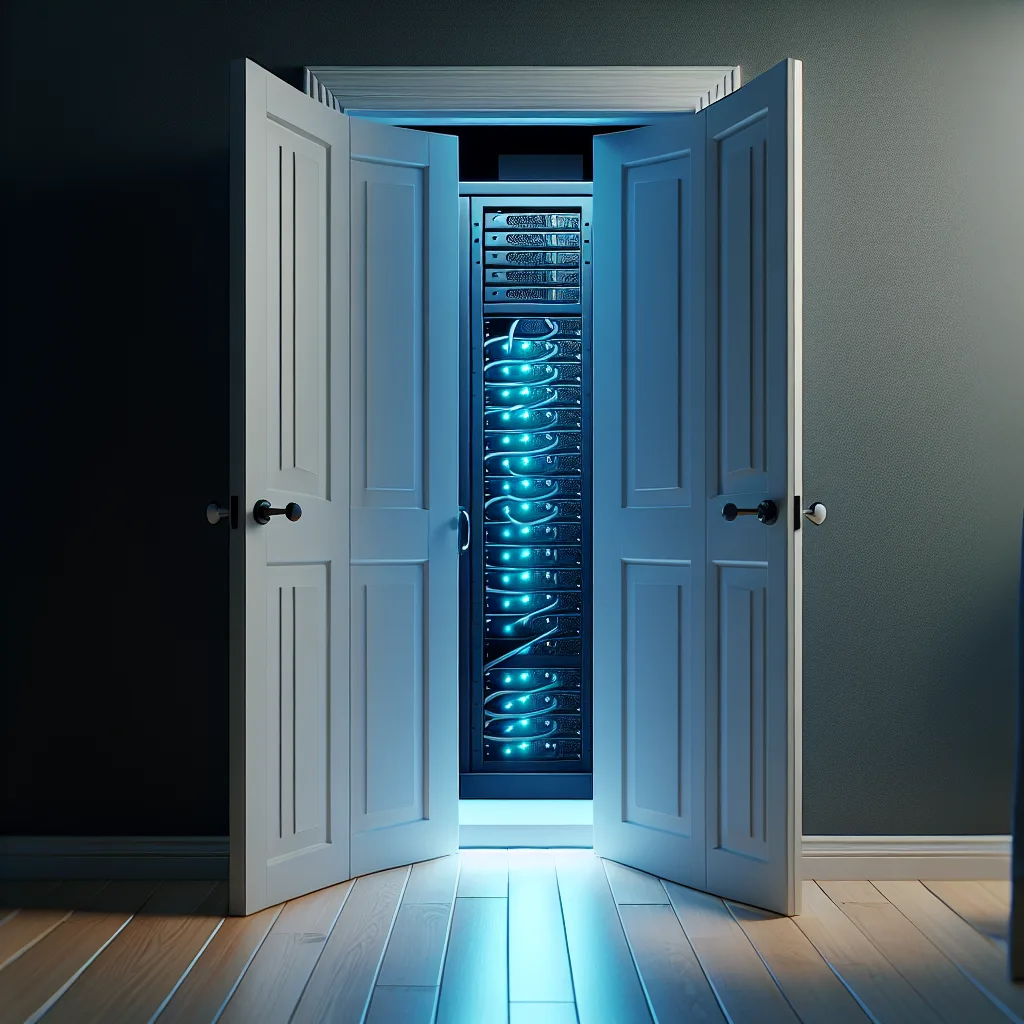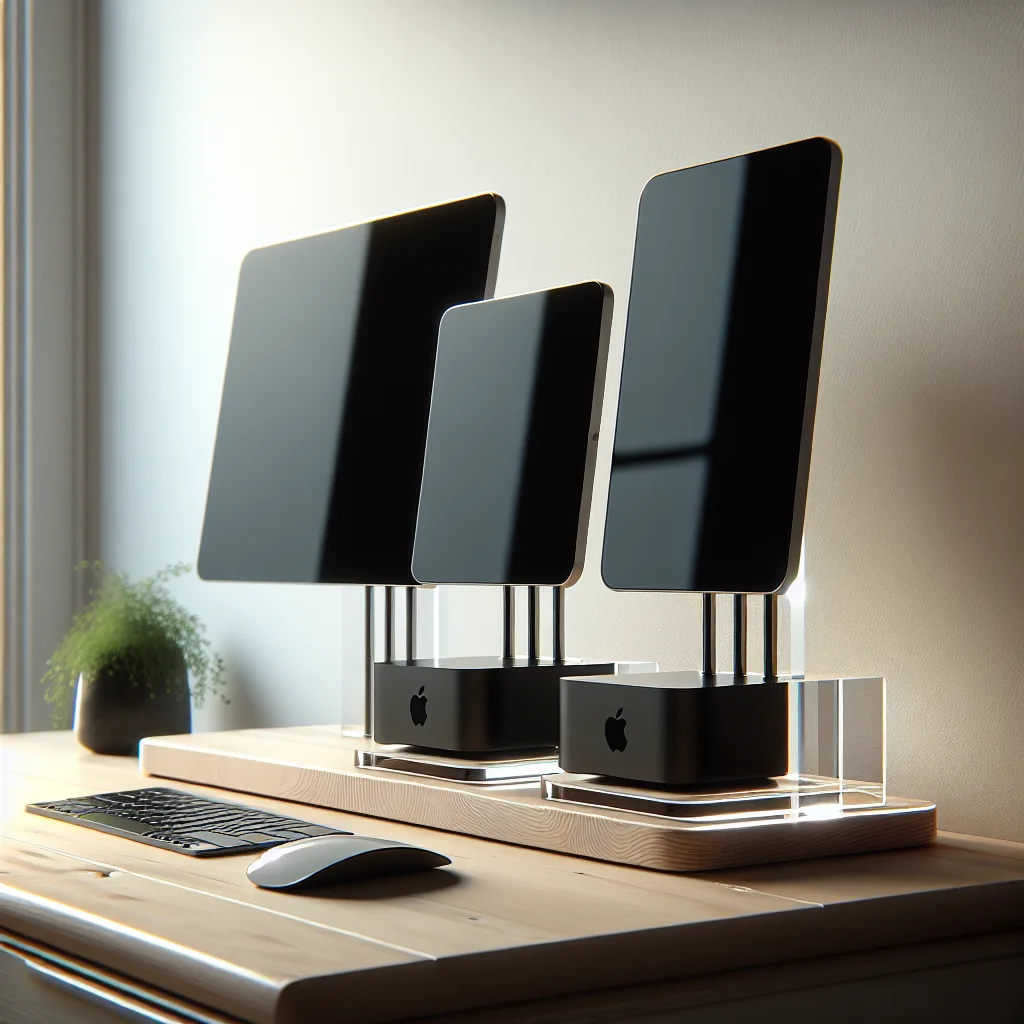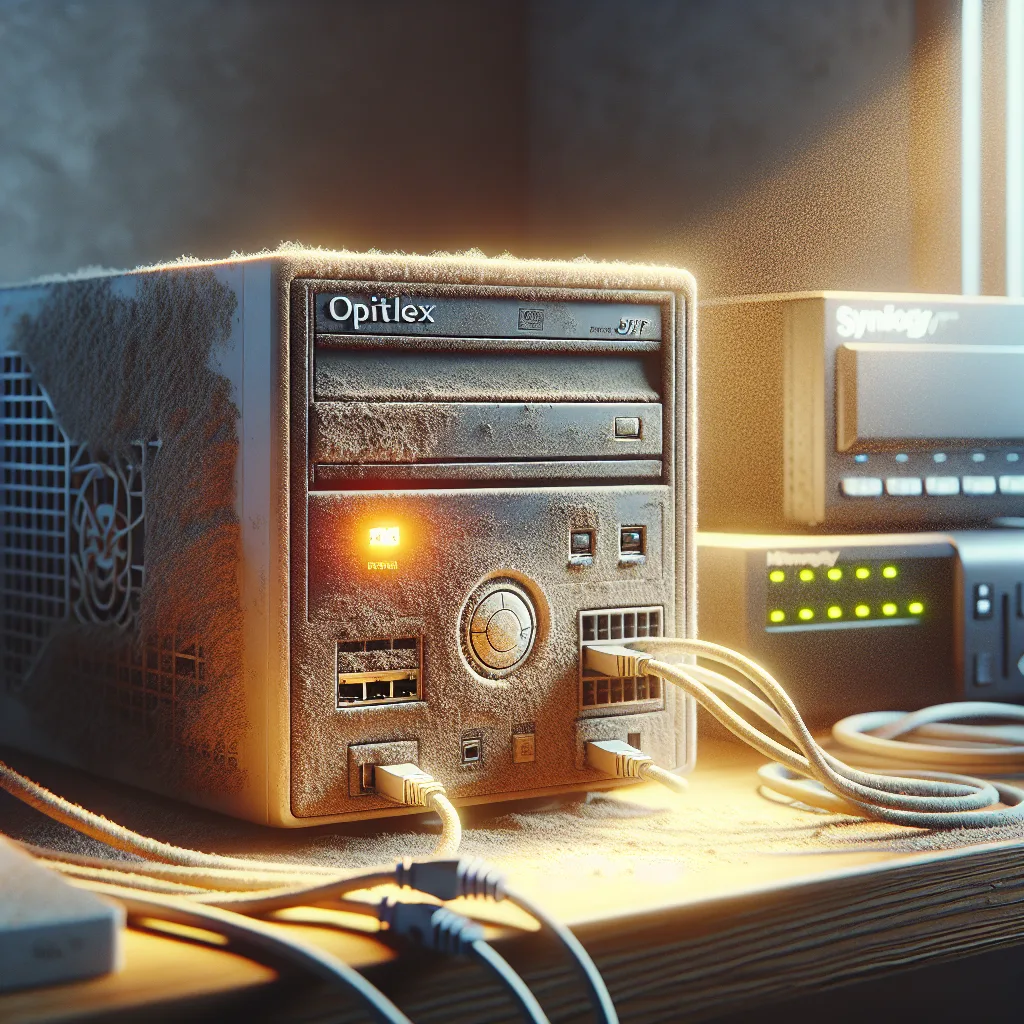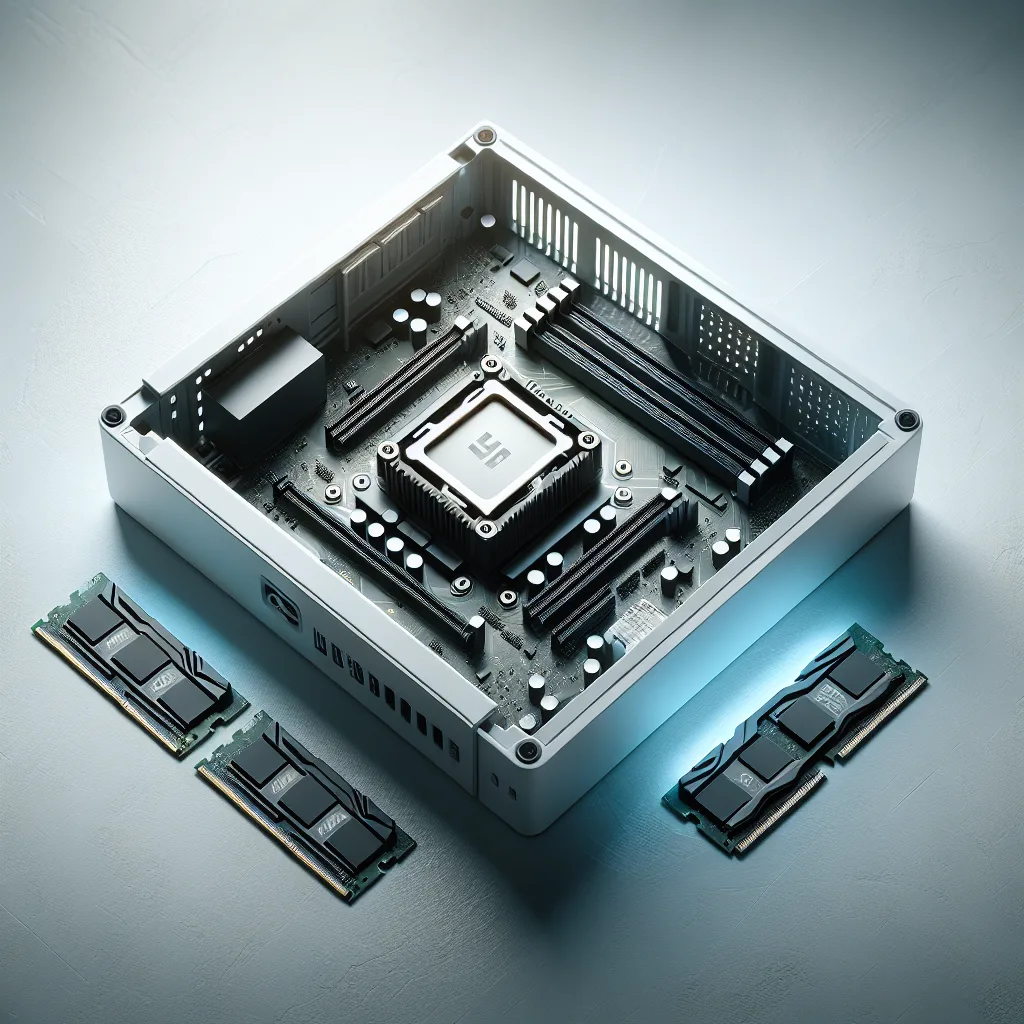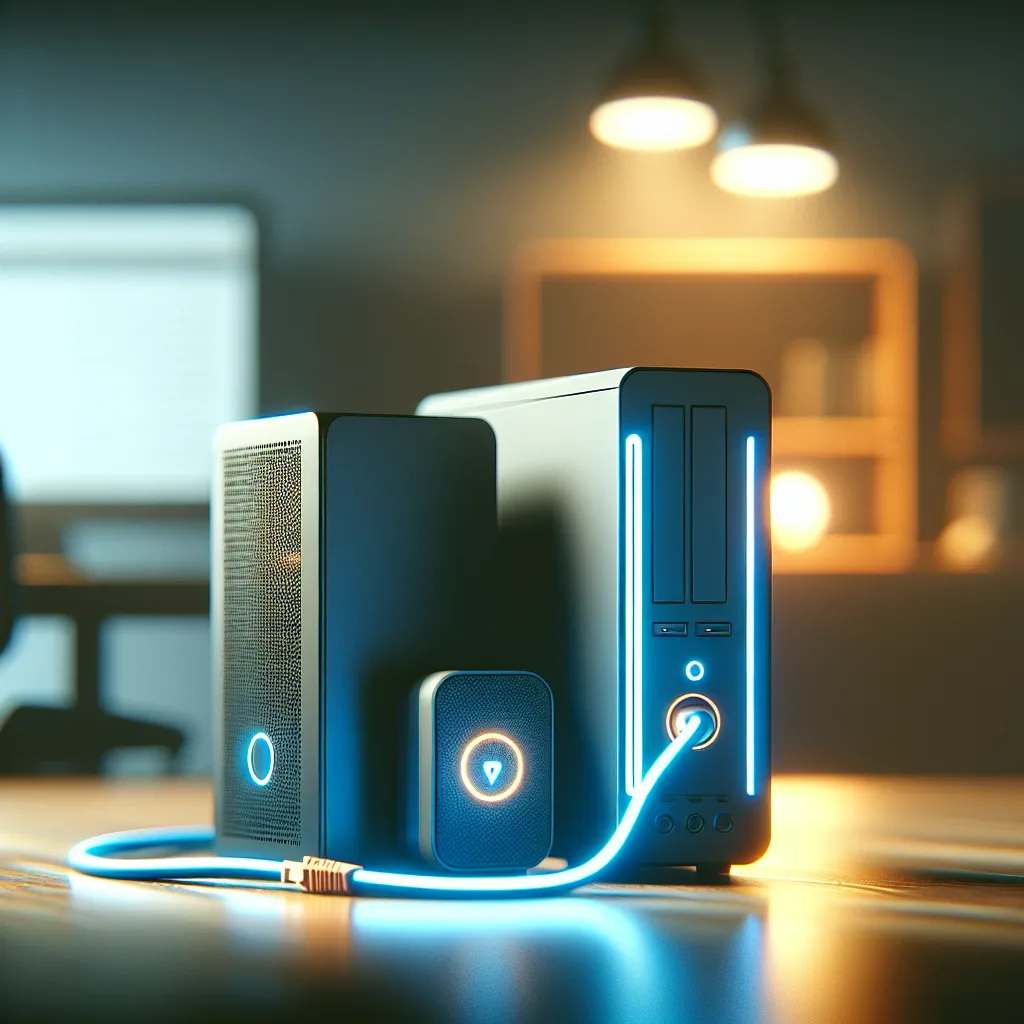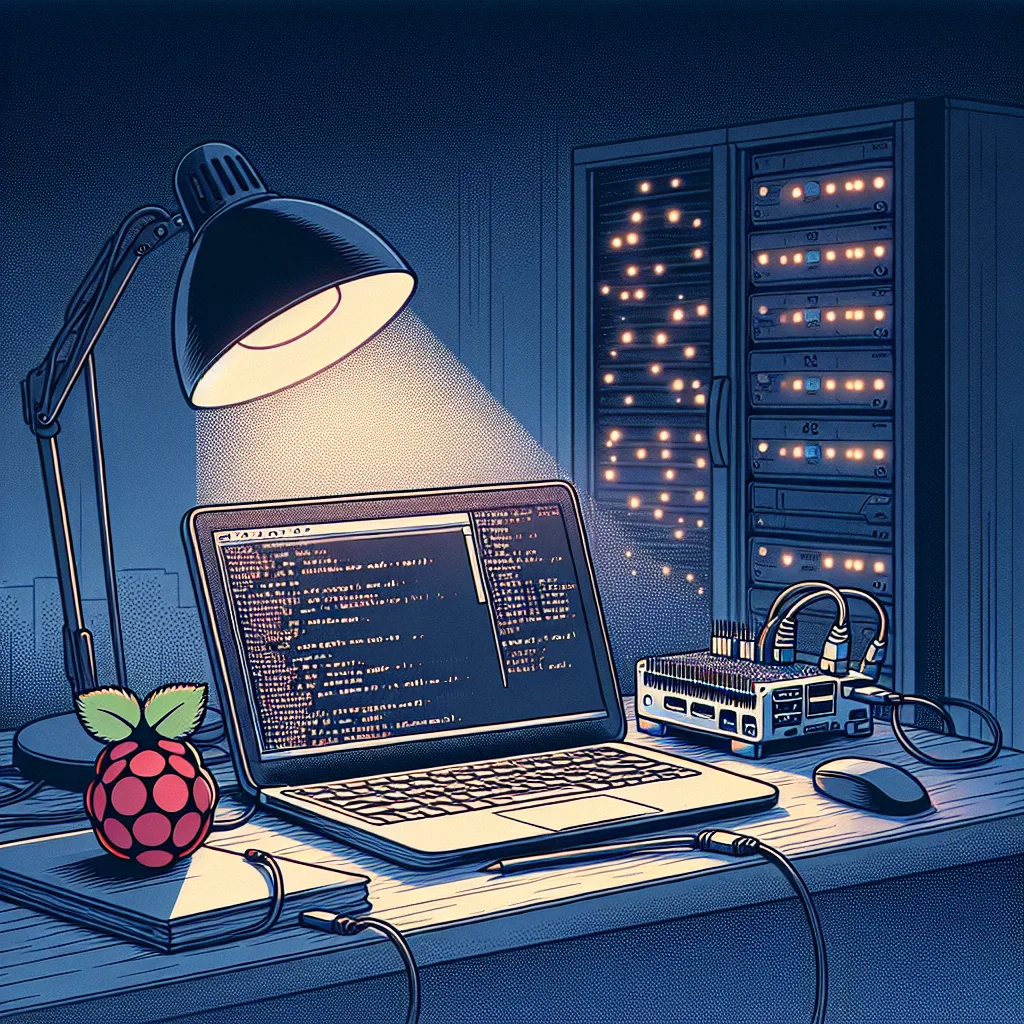Discover how to turn an awkward, unused nook in your house into a functional and discreet closet server. A guide to finding the perfect spot for your DIY tech.
Every house has one. You know what I’m talking about. That weird, useless space.
Maybe it’s a shallow closet that can’t even fit a proper hanger. Maybe it’s that high-up ledge in the hallway you can’t reach without a ladder. For me, it was a strange, boxy alcove above my coat closet, a relic of some long-forgotten architectural choice. For years, I just ignored it. It was a dust collector. A nothing-space.
Until one day, I was looking at it and a thought just popped into my head: What if I put something important there?
It turns out, these forgotten corners are often the perfect place for a small home server.
Wait, Why Would I Even Want a Home Server?
I get it. The word “server” sounds intimidating. It conjures up images of giant, humming machines in a cold, dark room. But it doesn’t have to be like that. A home server can be as simple as a single, tiny computer.
Think of it as the brain for your home. It’s a central hub for all your digital stuff. And once you have one, you’ll wonder how you lived without it.
Here are a few things it can do, without getting too technical:
- Your Personal Netflix: You can store all your movies and TV shows and stream them to any device in your house. No more relying on streaming services to keep your favorite film in their library.
- A Private Cloud: Instead of paying for Dropbox or Google Drive, you can create your own. It’s perfect for backing up your family photos, important documents, and computer files automatically.
- A Smarter Smart Home: If you have smart lights, plugs, or sensors, a server can tie them all together. This gives you more control and privacy than relying on big tech companies.
- A Sandbox for Learning: Maybe you just want to tinker. A home server is an amazing place to learn about networking, coding, or just how computers really work.
The best part is that you can tuck it away somewhere completely out of sight. And that brings me back to that awkward little nook.
Finding Your Server’s New Home
The idea really clicked when I saw how someone online had used a similar space. They took a spot most people would ignore and planned to put a small server rack in it. It was brilliant.
Suddenly, I started seeing potential everywhere. That forgotten space isn’t useless; it’s an opportunity. It’s discreet, it’s out of the way, and it turns dead space into a functional part of your home.
So, take a walk around your house. I bet you have a spot just like it.
Look for:
* The top shelf of a closet
* The space under the stairs
* A strangely deep kitchen cabinet
* An unused corner in the basement or garage
You’re looking for a place that’s out of the main flow of traffic. A spot that nobody would miss.
A Few Things to Think About First
Before you start running cables, there are a few practical things to consider. Putting a computer in a tiny, enclosed space requires a little planning.
1. Airflow is Key
Servers, even small ones, generate heat. You can’t just toss a computer in a sealed box and expect it to be happy. You’ll need some way for cool air to get in and warm air to get out. This could be as simple as drilling some vent holes or installing a tiny, quiet USB fan you can buy for a few dollars.
2. You’ll Need Power
This one’s obvious, but you need a power outlet nearby. If there isn’t one, you might need to think about running an extension cord or hiring an electrician for a cleaner installation.
3. What About Noise?
Some hardware can be noisy. While many modern, small devices are nearly silent, it’s still a good idea to choose a location where a little bit of fan hum won’t bother anyone, especially at night. A hallway closet is usually better than your bedroom closet.
4. Can You Reach It?
You won’t need to access it every day, but you will need to get to it for setup and occasional maintenance. Make sure the spot isn’t so clever that you can’t physically reach it when you need to.
The solution to keeping it all neat is often a small, wall-mounted rack. These are just simple metal frames that let you organize your gear vertically. It keeps things tidy, helps with airflow, and makes your little project look surprisingly professional.
So next time you walk past that odd, forgotten corner of your home, give it a second look. It might not be useless space after all. It might just be the perfect home for your next project.
